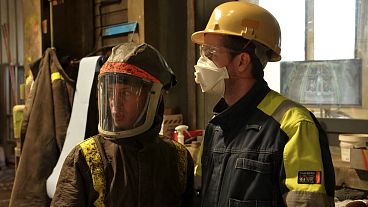We break down the meaning of structural reforms for European countries, finding out how and why they are implemented.
Structural reforms are policy measures designed to boost an economy's competitiveness, growth potential and adjustment capacity. In order to ensure an economy is fit and better able to realise its growth potential.
Typical structural reforms focus mostly on:
- The overall business environment
Each year, the Commission undertakes a detailed analysis of each country's plans for the budget, macroeconomic and structural reforms. It’s called the European Semester.
It then provides EU governments with country-specific recommendations for the next 12-18 months.
And then there is also the Structural Reform Support Programme (SRSP).
Its current budget stands at €222.8 million for 2017-2020.
For 2019, when the EU economy is expected to slow down to 1.5% growth, the SRSP will provide support to 26 Member States to carry out more than 260 projects.



